The holiday season is over, but I came across a bunch of left over candy canes the other day. Although my kids would have happily eaten them, we decided that we could use them for some really easy science projects – and it was a great way to avoid wasting them.
As it turns out, candy cane science experiments are really simple and fun!
Initially I did this experiment at home with my own kids, but then I repeated it at school with a group of kindergarten children. It was a hit, and they learned a lot.
Materials
The materials you need for this experiment are really simple, and children can touch all of the materials so they are able to do all of this hands-on experiment.
(For all science experiments, make sure children are supervised by an adult.)
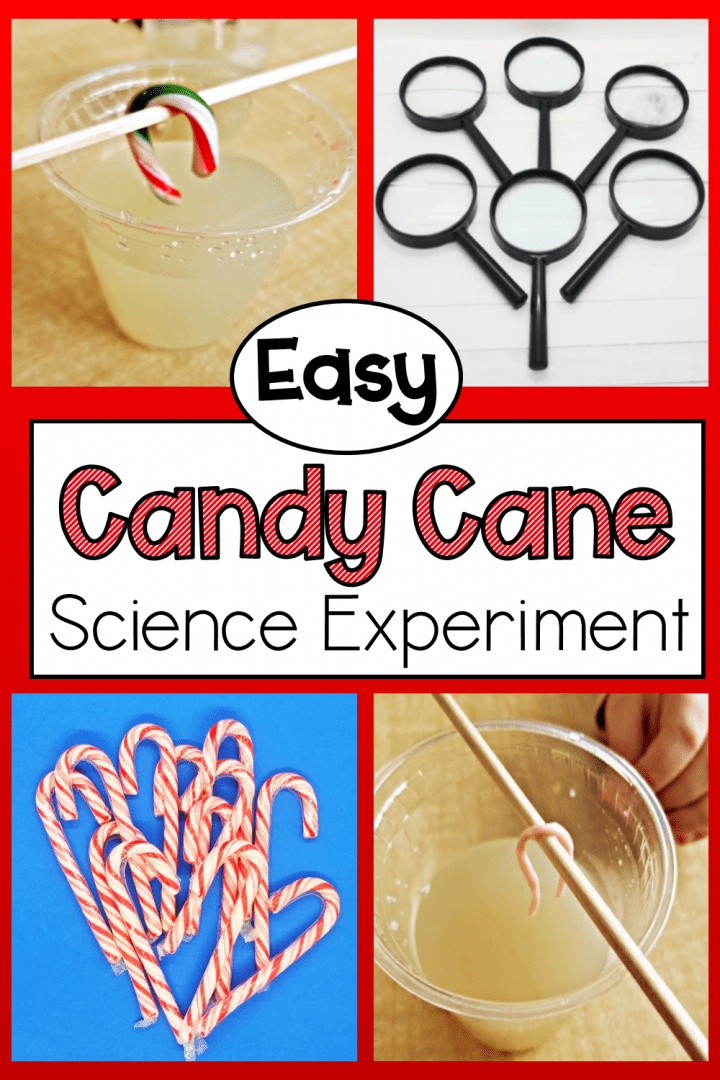
- Candy Canes
- Plastic Cups
- Toothpicks or Sucker Sticks
- Magnifying Glasses (Optional)
Once you have all of your materials ready, you can start the easy science projects.
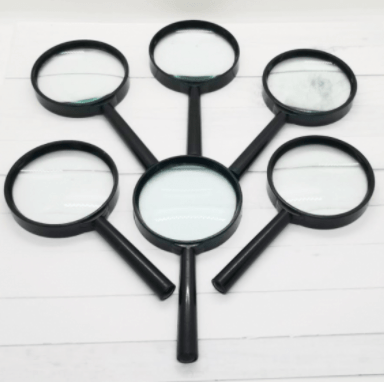
Candy Cane Experiment Steps
To start, give every child their own candy cane to experiment with.
We have discussed how in science we uses our senses, but we rarely use our sense of taste. Today children were very excited because they were going to use their sense of taste for this experiment.
We started by everyone taking a few licks of their candy cane. (Always check for allergies before giving children any type of food.)
After a few licks of their candy canes, they were given either lukewarm water (make sure that it is not too warm), or cold water. They took a small sip of their water. (The reason for the sip will be explored at the end of the experiment.) They then dropped their candy cane into the water.
To try a similar experience, but with gummy bears, check out this Gummy Bear Experiment.
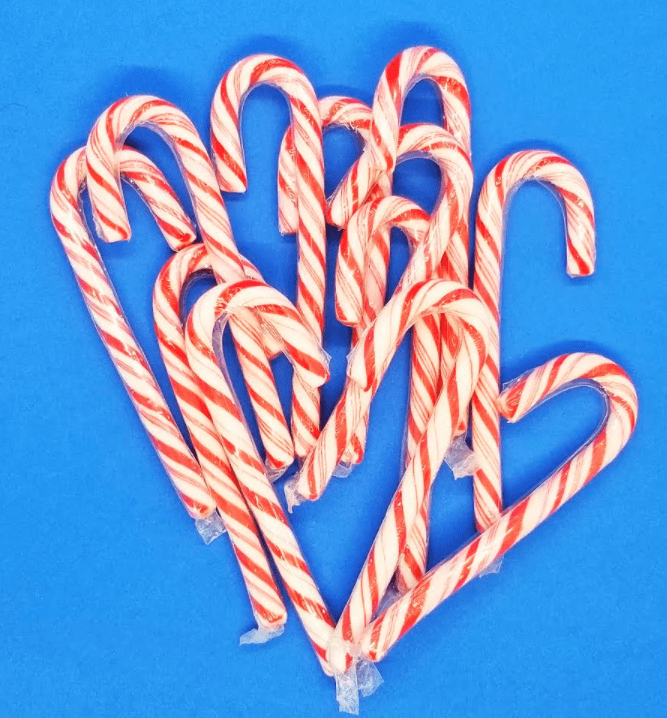
Roughly half of the class got warm water and the other half got cold.
Children then used their magnifying glasses to inspect their candy canes in the water. In my experience using magnifying glasses for science makes everything more fun for kids.
They love using them to feel like real scientists. I love the glasses because it encourages children to be mindful of the experiment and take time to really inspect what they are observing.
At first, children just watched to see what was happening. Initially, there didn’t seem to be any changes, but the children began to notice that the bottom of their cup looked foggy and a bit green or red.
They realized that something was happening in their water and with their candy cane.
After several minutes, I handed out popsicle sticks for children to mix their candy cane and water. Children noticed right away that some of the color on their candy cane had faded or ‘disappeared’.
They used their sticks to lift the candy cane out of the water and inspect it closer.
Where did the color on the candy cane go?
After a few predictions as to where the color went, we talked about the fact that it did not disappear, but rather that it began to dissolve into the water.
After noticing the color changing in their candy canes, children then began comparing their candy canes with others around them. Children quickly noticed some differences between the cups.
The cups with cold water noticed that their candy cane was still largely the same. Some of the color had dissolved, but it still looked similar to when we started.
The candy canes in the warm water, however, looked very different! The candy canes were dissolving into the warm water. The stripes were gone and children had trouble picking up the candy cane because it was almost fully dissolved.
Children realized that the old difference between the cups that were dissolving fast and the candy canes that had barely changed, was the water temperature.
We talked about how when you add something to warm water it dissolves faster then in cold water. The molecules in the warm water are moving faster and break down the candy cane faster.
Children connected this with their parents who drank tea or coffee. They knew that when their parent added sugar to their drink, the sugar dissolved very fast and mixed into the drink.
Many children though that the candy canes disappeared. They thought that something had happened to their candy cane and it was no longer in their cup.
This is a great predication at this age, but there is another step to this experiment to show children that the candy cane did not disappear.
I then gave children the chance to use their sense of taste again. Everyone wanted to find out where their candy cane had gone, so they removed their candy cane and tried a sip of their water. Guess what? It tasted like a candy cane!
I was really careful to have a conversation with my class about never tasting things during a science experiment. This experiment used materials that my group eats/drinks so I knew that it was safe. Always use caution.
It was a really easy science project to do with kids. The experiment is a great, hands-on, way to introduce concepts such as dissolving and how different materials can change the way they look or act. Also the experiment touches on how hot and cold water may look the same, but they behave very differently.
Easy Science Projects Extension Ideas
We did this experiment around the holidays, so candy canes worked well. However, you could try this experiment at any time of year with any candy. What would happen if you used chocolate? What about a gummy bear?
Kids would love to explore these ideas as they learn about the world around them.
Join Hands-On Teaching Ideas
Join Hands-On Teaching Ideas to gain access to my Free Resource Library filled with lots of printable learning resources, from a choice board full of STEM activities and easy science projects for kids to escape room games, you can download anything that interests you for your classroom or home. Subscribe here.
More Hands-On Teaching Ideas
If you are looking for more activities and ideas to do in the classroom, or at home with kids, below are some of my favourite and most popular learning activities.
From more easy science projects, to arts and crafts to escape rooms and outdoor learning activities there are lots of things to keep kids busy and learning.

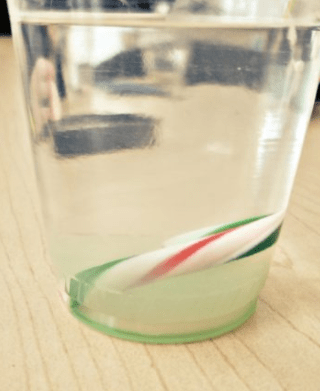
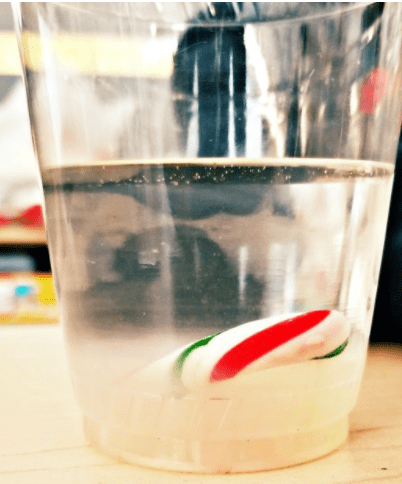
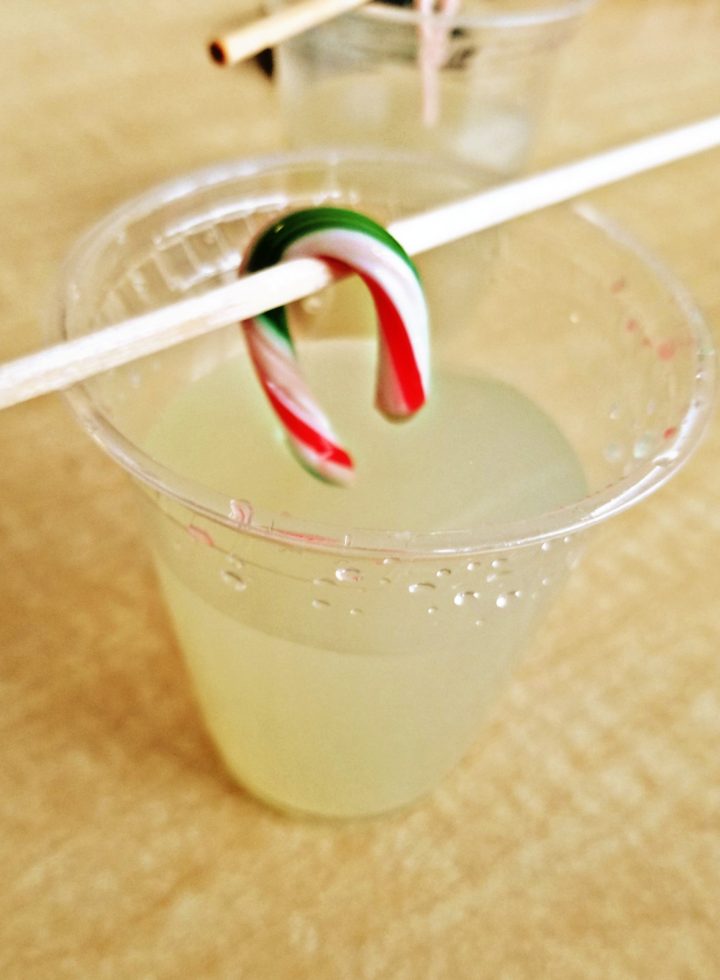
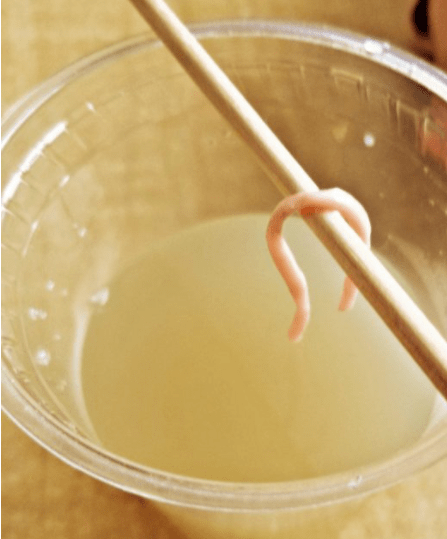

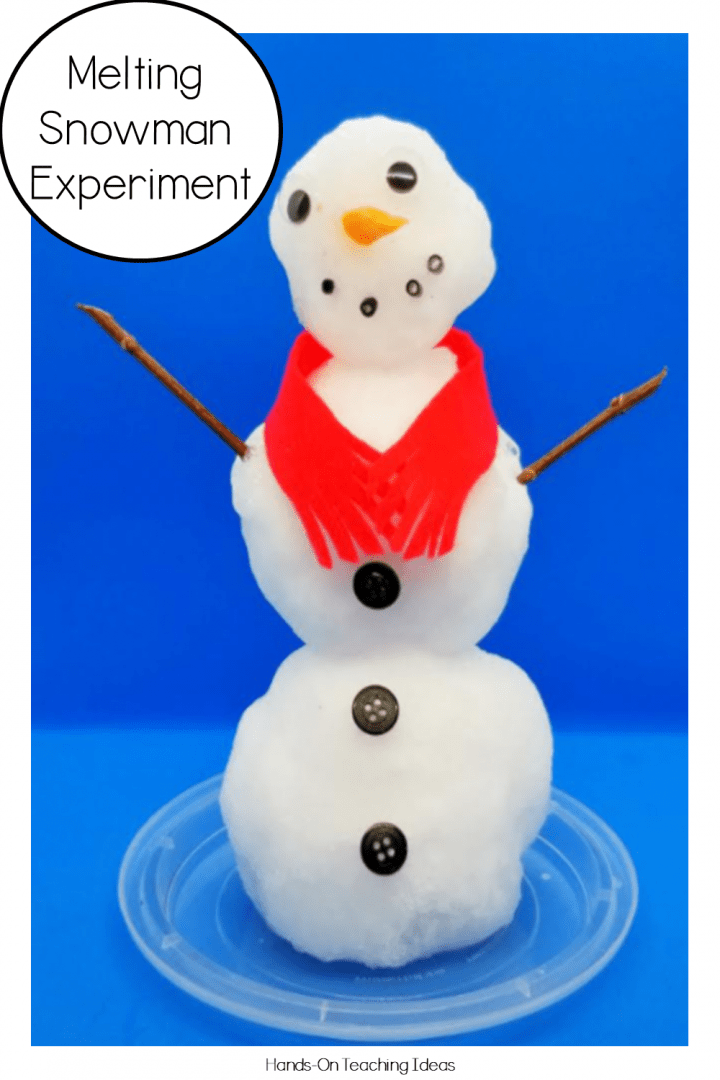
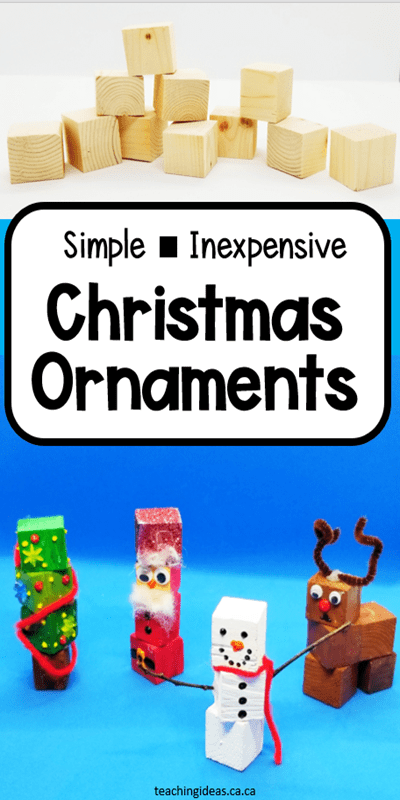
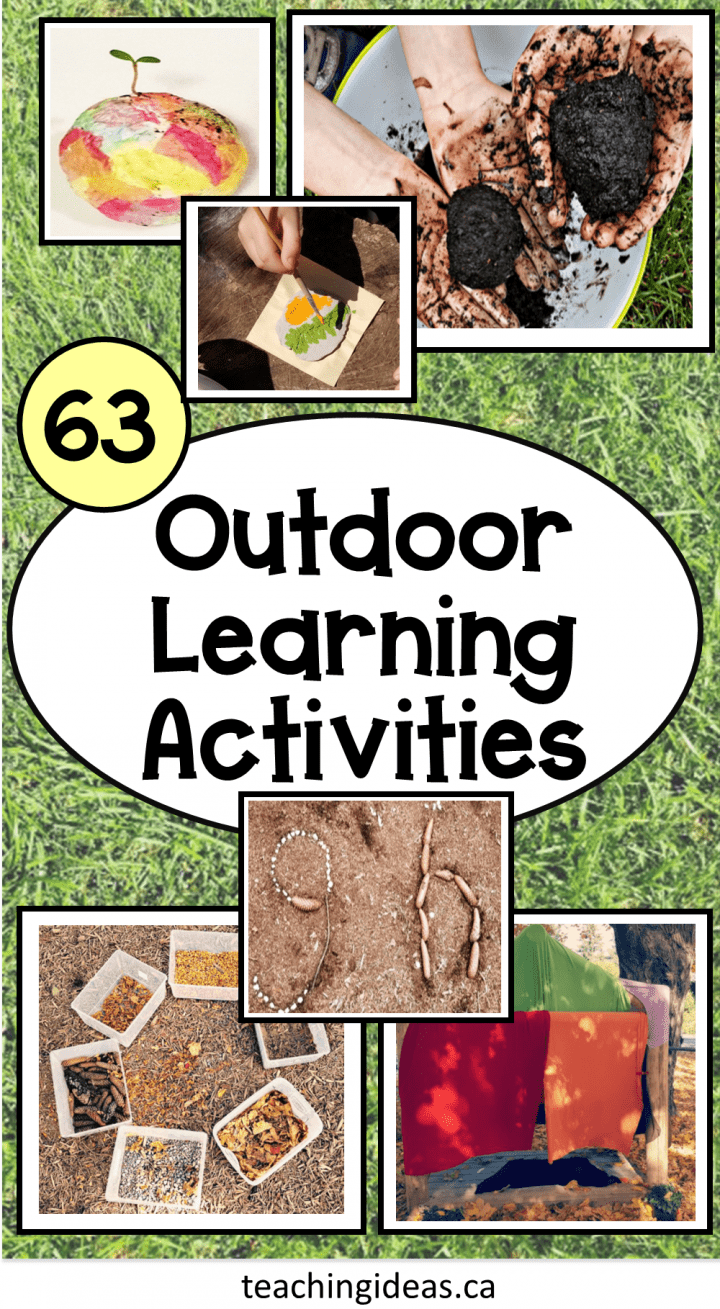
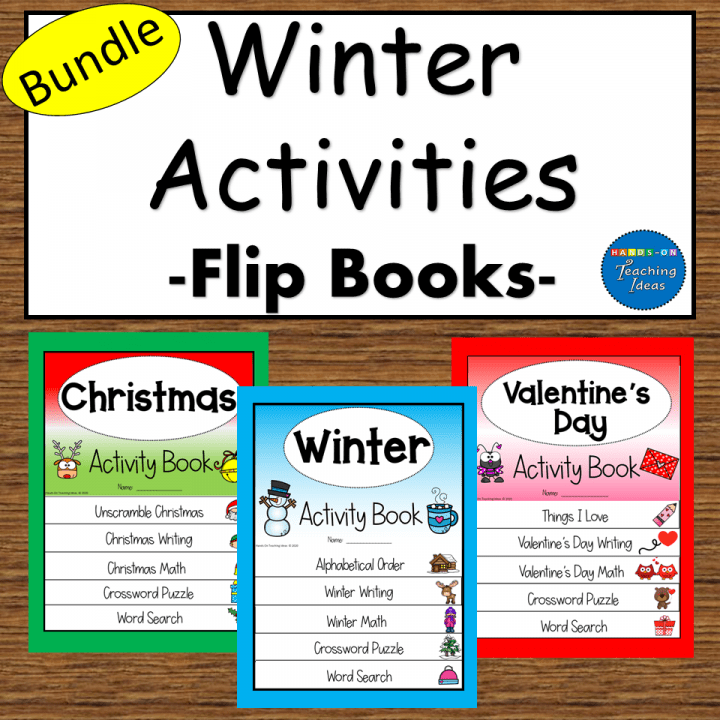
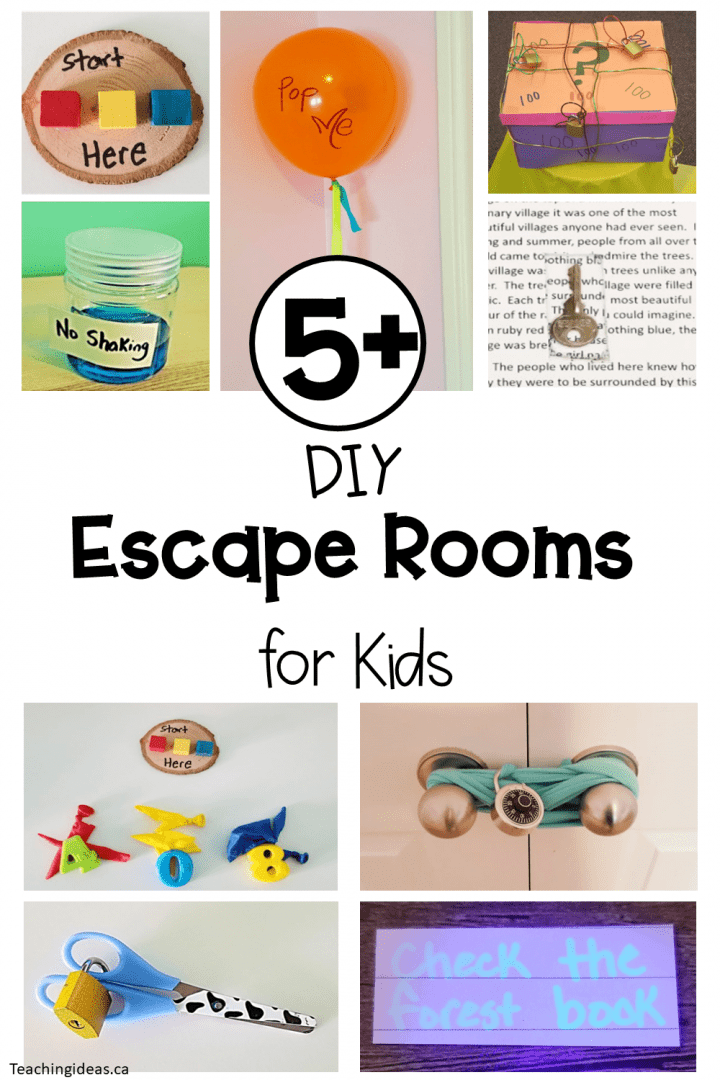
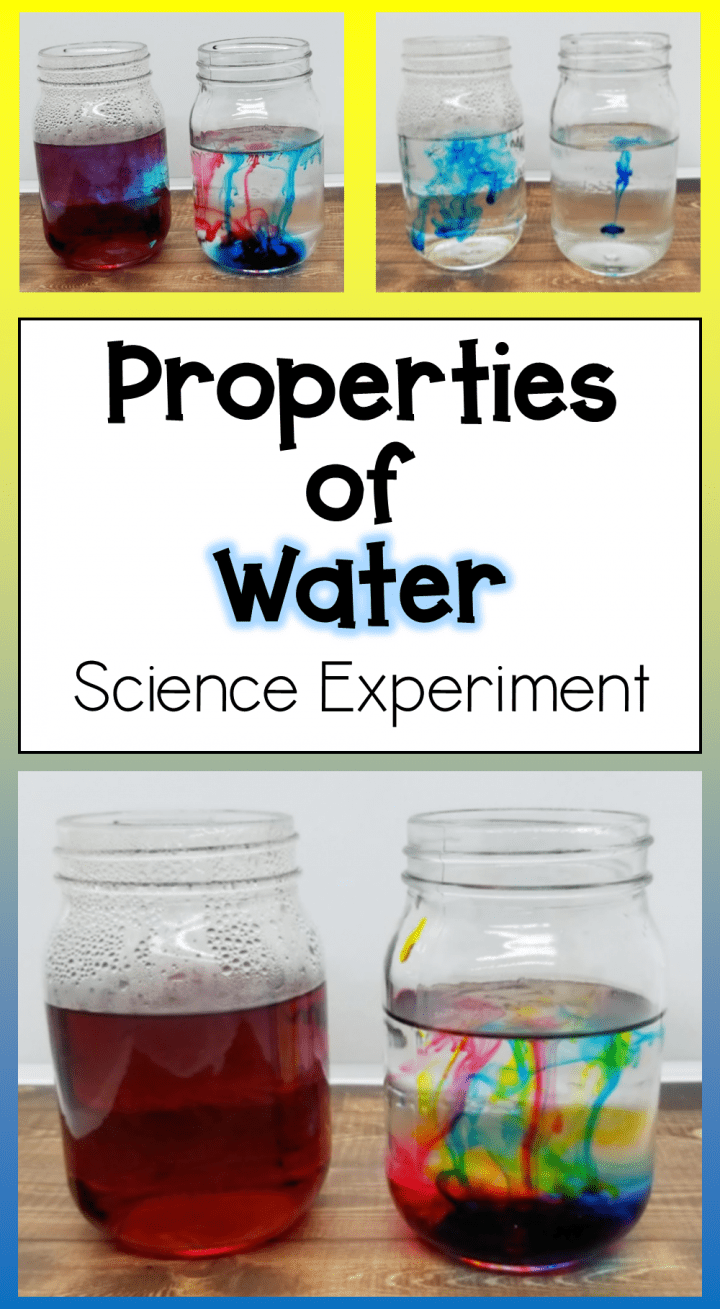
Leave a Reply